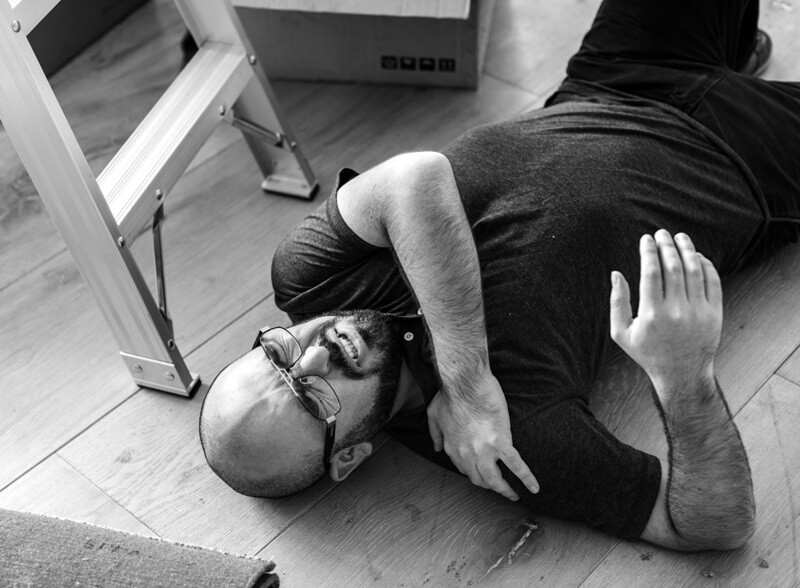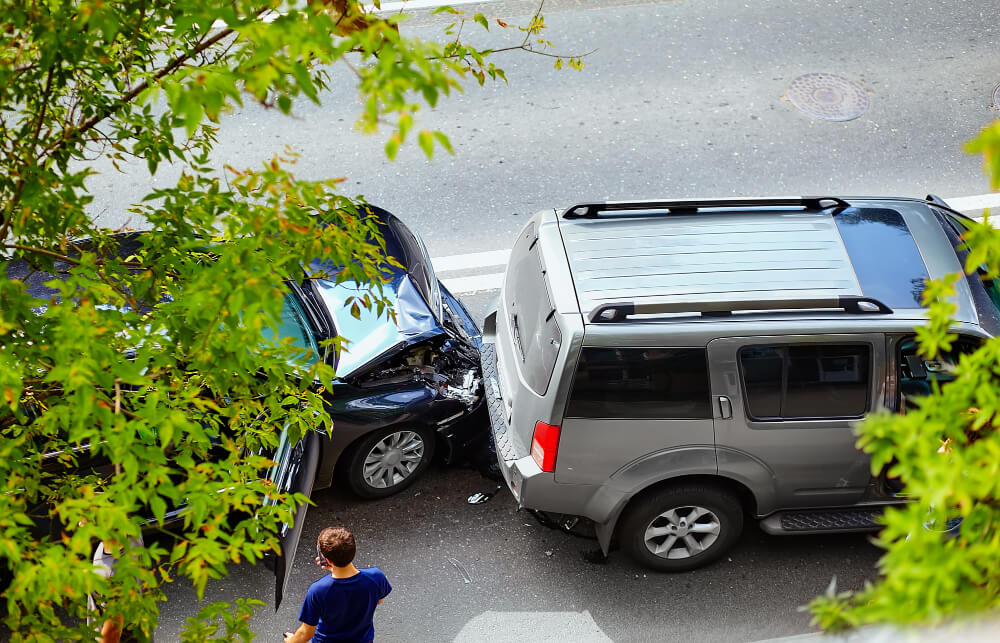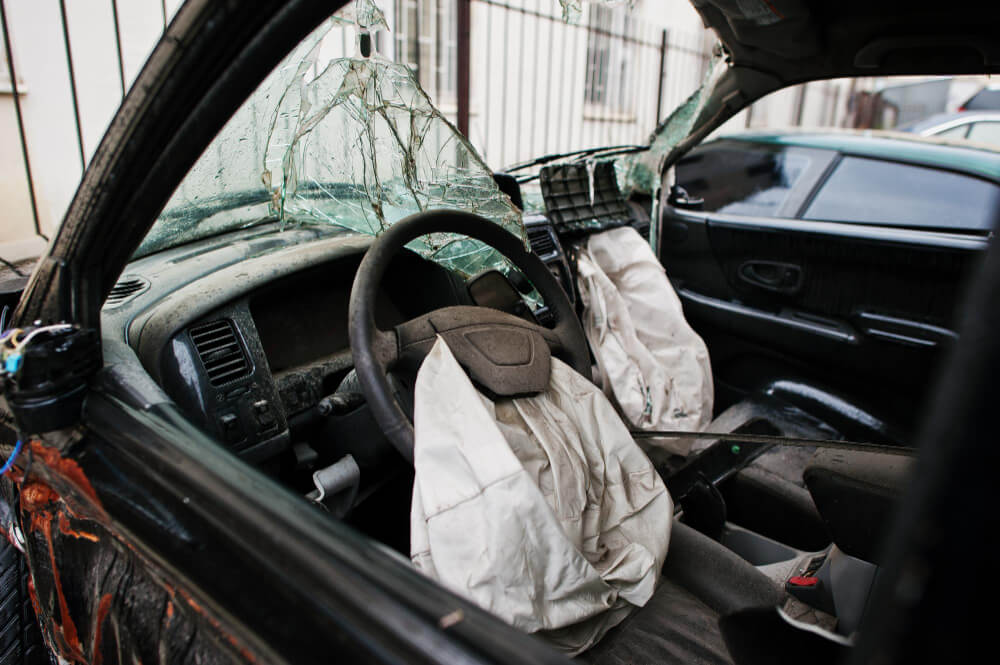Slip and fall accidents are among the most common personal injury claims in Florida. The complexities of premises liability law make it essential to stay informed about the latest court decisions shaping this field.
Recent appellate and Supreme Court rulings in Florida have clarified the legal responsibilities of property owners and the standards plaintiffs must meet to succeed in their claims. At Jimenez Law Firm, we are committed to providing expert guidance on slip and fall cases and premises liability.This article explores key cases, provides actionable insights for both plaintiffs and property owners, and dives deeper into the implications of these legal developments.
Understanding Premises Liability in Florida
Florida law requires property owners to maintain their premises in a reasonably safe condition and to warn visitors of any known hazards. Slip and fall cases often hinge on whether the property owner breached this duty of care and whether the plaintiff can prove the breach caused their injuries. Recent court decisions have further defined these elements, creating a clearer picture of what constitutes negligence and how liability is determined in different scenarios.
Premises liability encompasses various scenarios, including retail environments, residential properties, and public spaces. Each setting has unique challenges, and understanding the nuances can help property owners and plaintiffs better navigate the legal landscape.
Recent Florida Court Decisions Impacting Slip and Fall Cases
1. Owens v. Publix Supermarkets, Inc.
Case Summary: This case revisited the requirement for proving constructive notice in slip and fall incidents. The plaintiff slipped on a wet floor in a Publix store and argued that the store failed to clean the hazard within a reasonable time.
Court Ruling: The court reinforced that plaintiffs must demonstrate either actual or constructive notice of the hazard. Constructive notice can be established if the hazard existed for such a duration that the property owner should have discovered it through reasonable inspection.
Implications:
- Plaintiffs need to provide evidence of the duration and visibility of the hazard.
- Property owners should implement regular inspection protocols and maintain documentation to defend against such claims.
Practical Takeaway: Implementing detailed inspection checklists and using advanced technologies, like surveillance systems, can strengthen a property owner’s defense.
2. Markowitz v. Helen Homes of Kendall Corporation
Case Summary: This case examined the scope of a property owner’s duty to warn about hazards. The plaintiff tripped over a carpet edge that blended into the flooring at an assisted living facility.
Court Ruling: The court emphasized that property owners must warn of hazards that are not open and obvious. However, the court also noted that plaintiffs share a responsibility to exercise reasonable caution.
Implications:
- Property owners should assess their premises for potential trip hazards and provide adequate warnings.
- Plaintiffs must demonstrate that the hazard was not reasonably detectable.
Broader Impact: This case highlights the importance of regular training for employees to identify and address subtle hazards that might otherwise go unnoticed.
3. Pembroke Lakes Mall Ltd. v. McGruder
Case Summary: This case focused on the foreseeability of hazards. A shopper slipped on a spilled drink in a food court and sued the mall for negligence.
Court Ruling: The court highlighted that foreseeability plays a key role in determining liability. If a hazard is foreseeable given the nature of the property, the owner must take steps to mitigate it.
Implications:
- Businesses in high-traffic areas must anticipate potential hazards and implement preventive measures.
- Failing to address foreseeable risks can lead to liability.
Preventive Measures: Businesses should increase staff presence in high-risk areas and establish rapid-response protocols for hazards like spills.
4. Norman v. Del Mar Estates
Case Summary: The plaintiff sustained injuries after slipping on a patch of algae on a walkway. The property owner argued that they were unaware of the hazard.
Court Ruling: The court ruled that the presence of recurring hazards like algae places a higher burden on property owners to inspect and address the issue proactively.
Implications:
- Property owners should identify and address recurring hazards.
- Regular maintenance and inspection records are critical in defending against liability claims.
Innovative Solutions: Leveraging predictive maintenance tools can help property owners identify recurring hazards before they escalate into liability claims.
Related Resource: Learn how Florida courts define foreseeability and duty of care on our Understanding Legal Concepts page.
Key Legal Standards in Florida Slip and Fall Cases
1. Notice of the Hazard
To succeed in a slip and fall claim, plaintiffs must prove that the property owner had actual or constructive notice of the hazard. Constructive notice can be established if:
- The hazard was present for a sufficient duration.
- The hazard was a recurring issue that the owner failed to address.
Evidence, such as surveillance footage, employee statements, or inspection logs, is critical in these cases.
2. Duty of Care
Property owners owe varying degrees of duty of care based on the visitor’s status:
- Invitees: Highest duty of care; must ensure the premises are safe and warn of known hazards.
- Licensees: Moderate duty of care; must warn of known hazards but are not obligated to inspect for unknown ones.
- Trespassers: Minimal duty of care; generally limited to refraining from willful harm.
3. Open and Obvious Doctrine
Under Florida law, property owners are not liable for open and obvious hazards unless they create an unreasonable risk of harm. Plaintiffs must show that the hazard was not readily apparent and that the owner failed to provide adequate warning.
4. Foreseeability of Risk
Courts evaluate whether the property owner could reasonably foresee the risk posed by specific conditions. This standard often applies to high-traffic or activity-prone areas, where hazards like spills or debris are more common.
External Link: For a detailed overview of premises liability cases and best practices for property owners, read this Florida Weekly article on slip and fall prevention.
How Courts Are Applying These Standards
Consistency in Evidence Requirements
Courts are increasingly strict about the evidence plaintiffs must present. Video surveillance, maintenance logs, and witness testimony often play a critical role in proving the duration of a hazard and the adequacy of the property owner’s response.
Balancing Responsibilities
Recent decisions underscore the shared responsibilities of property owners and visitors. While property owners must maintain safe premises, visitors are expected to exercise reasonable caution and be aware of their surroundings.
Case-Specific Nuances
Certain rulings highlight that premises liability is not a one-size-fits-all doctrine. Factors such as the location, type of business, and frequency of known hazards influence outcomes, making it vital for litigants to understand the specifics of their case.
Actionable Steps for Property Owners
1. Implement Comprehensive Safety Protocols
- Conduct regular inspections and document findings.
- Address hazards immediately and maintain a log of corrective actions.
- Train employees to identify and mitigate risks proactively.
Related Resource: Find out how we assist businesses in avoiding liability claims on our Practice Areas page.
2. Enhance Warning Systems
- Use clear and visible signage to warn visitors of potential hazards.
- Install safety features like non-slip flooring and adequate lighting.
3. Maintain Accurate Records
- Keep detailed records of inspection schedules, maintenance activities, and incident reports.
- Video surveillance can provide valuable evidence in the event of a claim.
4. Understand Legal Obligations
- Familiarize yourself with state and local laws governing premises liability.
- Consult legal counsel to ensure compliance with all regulatory requirements.
Related Resource: Explore legal steps for filing insurance claims on our Insurance and Third-Party Claims page.
Actionable Steps for Plaintiffs
1. Gather Evidence
- Take photographs of the hazard and surrounding area immediately after the incident.
- Obtain contact information for witnesses.
- Request video surveillance footage if available.
2. Seek Legal Guidance Early
- Consult an experienced personal injury attorney to assess the strength of your case.
- Preserve all medical records and receipts related to your injuries.
3. Understand Your Responsibilities
- Demonstrate that you exercised reasonable caution.
- Be prepared to refute claims that the hazard was open and obvious.
Additional Considerations for Business Owners
Proactive Risk Management
- Conduct annual risk assessments to identify and mitigate potential hazards.
- Collaborate with insurance providers to ensure adequate coverage for slip and fall claims.
Community and Visitor Education
- Use newsletters or signage to educate visitors about shared safety responsibilities.
- Encourage prompt reporting of hazards by customers and employees.
Recent Florida court decisions have provided much-needed clarity on the legal standards governing slip and fall cases. These rulings emphasize the importance of evidence, proactive safety measures, and shared responsibilities. Whether you are a property owner seeking to minimize liability or a plaintiff pursuing justice, understanding these developments is crucial.
At Jimenez Law Firm, we specialize in premises liability cases and are dedicated to helping clients navigate the complexities of Florida’s legal landscape. Contact us today for expert legal guidance and to ensure your rights are protected.




